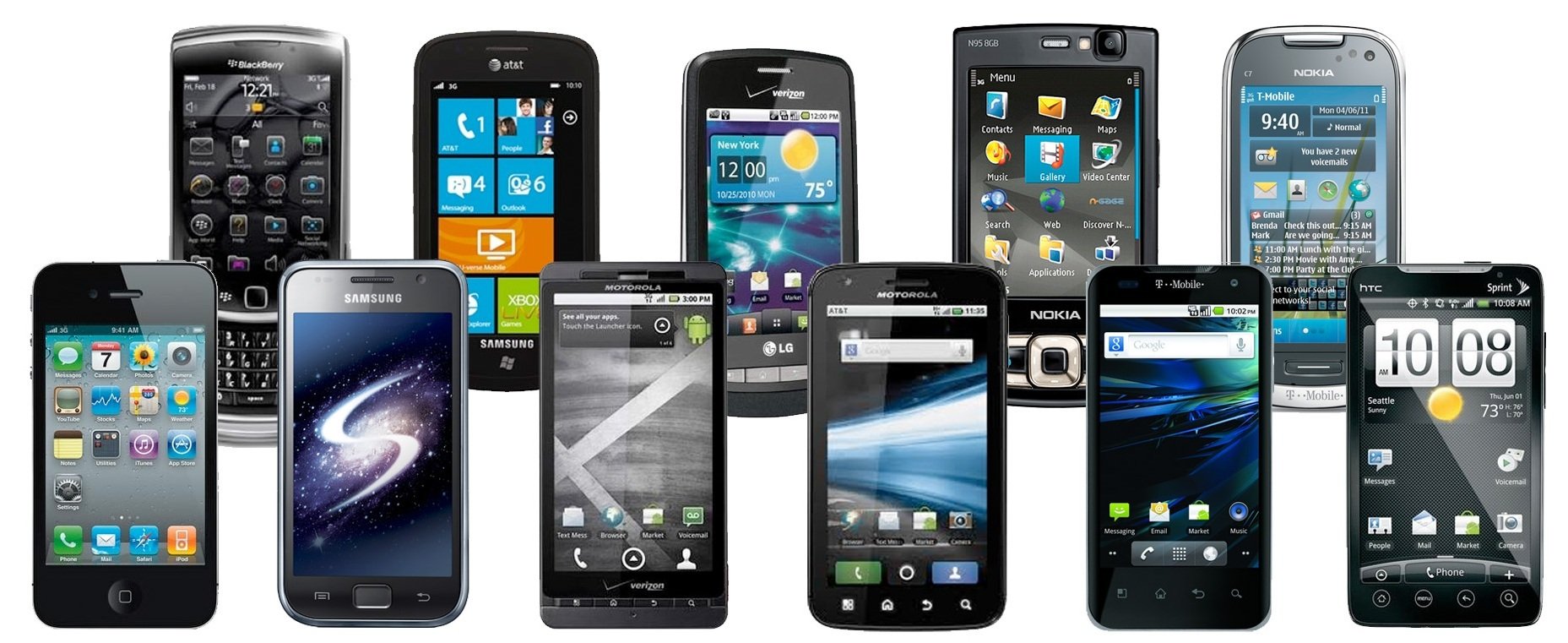
By Nika Smith
The mobile device and application market has grown rapidly over the last few years, allowing users to stay in touch and work with data more effectively on the go. Text entry methods vary significantly across devices, raising an important question: Which input methods actually work well for entering text? Is a physical keyboard still necessary for professional text entry or are touchscreen interfaces just as accurate and efficient? Little research on these questions is publicly available, leaving developers of mobile technology to make user interface decisions based on guesswork and opinion.
This white paper discusses an exploratory study that Blink Interactive conducted to address these questions and stimulate thinking about innovation in entering text on mobile devices.
We tested three devices:
- Apple® iPhone®
- Blackberry® Bold™
- HTC EVO™
Participants tried four methods of text entry:
- ShapeWriter™ on the iPhone
- Physical keyboard on the Blackberry
- Touch screen layout on the EVO
- Touch screen layout on the iPhone
Sample study findings:
- Familiarity with phones played a key role in participant’s speed and accuracy
- Participants rated familiar text entry methods more favorably
- All novel phones required learning
Download the whitepaper
Smartphone Text Entry Methods Compared: Which is Best? Download (676 KB)
